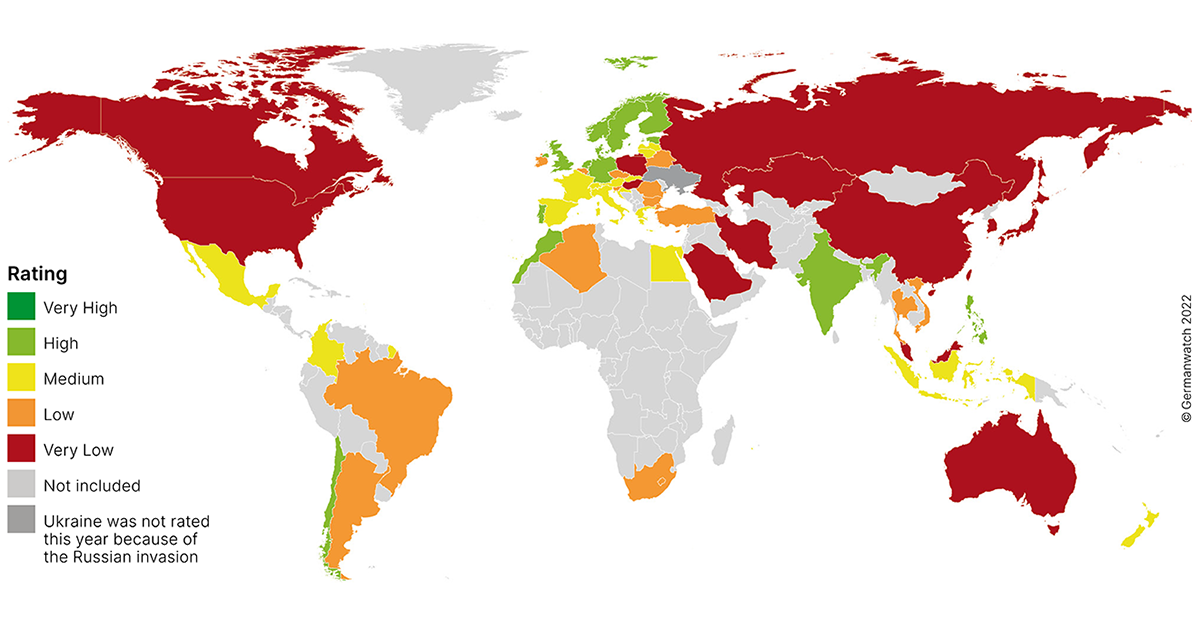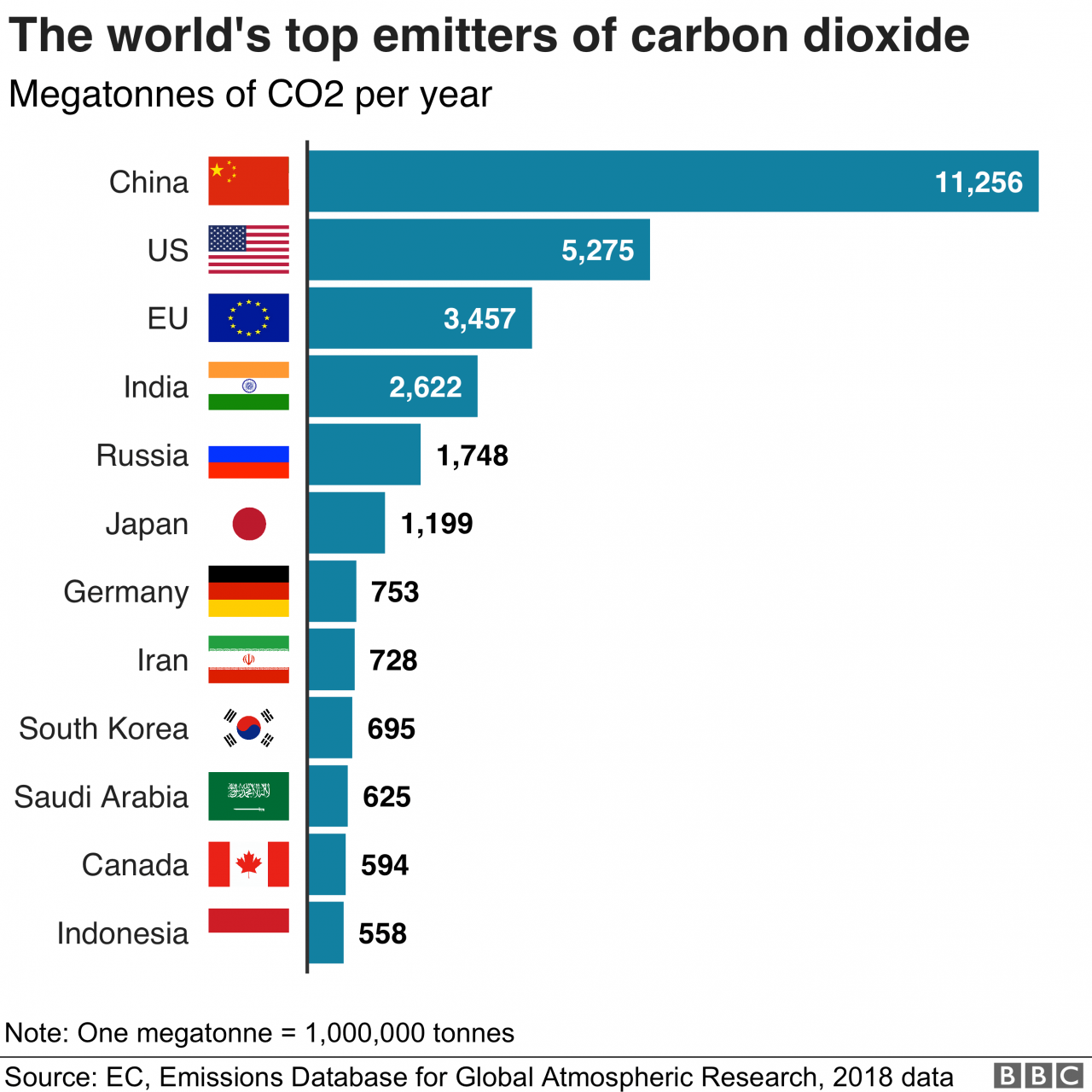
Climate Change Progress 2024 presents a comprehensive overview of the global response to climate change, covering the latest scientific findings, technological advancements, policy developments, and adaptation strategies.
The report highlights the progress made in reducing greenhouse gas emissions, transitioning to renewable energy sources, and building resilience to climate impacts.
Global Emissions and Climate Goals

Global greenhouse gas emissions have shown a mixed trend from 2020 to 2024. While there has been a decline in emissions due to the COVID-19 pandemic in 2020, emissions have rebounded in subsequent years. However, the rate of increase has slowed down, indicating some progress towards achieving the Paris Agreement targets.
The Paris Agreement aims to limit global warming to well below 2 degrees Celsius, preferably to 1.5 degrees Celsius, compared to pre-industrial levels. To achieve this goal, global emissions need to be reduced by 45% by 2030 and reach net zero by 2050.
While the progress towards these targets is still insufficient, there are some positive signs. The share of renewable energy in global electricity generation has increased, and several countries have committed to ambitious emissions reduction targets.
Challenges and Opportunities
- Continued economic growth, especially in developing countries, is expected to lead to an increase in energy demand and emissions.
- The transition to a low-carbon economy requires significant investments in renewable energy, energy efficiency, and carbon capture and storage technologies.
- Political will and international cooperation are crucial to ensure that all countries contribute to emissions reductions.
- Technological advancements and innovation can play a key role in reducing emissions and developing clean energy solutions.
Renewable Energy and Clean Technologies
Renewable energy sources, such as solar and wind power, have experienced significant growth in recent years. The global installed capacity of renewable energy has increased by over 50% from 2020 to 2024.
This growth has been driven by declining costs, technological advancements, and supportive government policies. Renewable energy is now a competitive alternative to fossil fuels in many regions.
In addition to renewable energy, clean technologies, such as carbon capture and storage (CCS), are also gaining traction. CCS involves capturing carbon dioxide from industrial processes or the atmosphere and storing it underground.
Role in Mitigating Climate Change, Climate change progress 2024
- Renewable energy sources do not emit greenhouse gases during electricity generation, making them a clean and sustainable alternative to fossil fuels.
- CCS can help reduce emissions from industrial processes and power plants, which are major contributors to climate change.
- The development and deployment of clean technologies can create new jobs and boost economic growth.
- The transition to a low-carbon economy requires a combination of renewable energy and clean technologies.
Climate Adaptation and Resilience

Climate change is already having a significant impact on communities around the world. Extreme weather events, such as heat waves, droughts, and floods, are becoming more frequent and severe.
Climate adaptation involves taking steps to reduce the vulnerability of communities and ecosystems to climate change impacts. This includes measures such as building sea walls to protect against rising sea levels, improving water management systems to cope with droughts, and developing early warning systems for extreme weather events.
Building Resilience
- Climate adaptation is essential for reducing the risks and costs associated with climate change impacts.
- Successful adaptation strategies require a combination of local knowledge, scientific expertise, and political will.
- Building resilience to climate change requires long-term planning and investment.
- Adaptation efforts should be tailored to the specific needs and vulnerabilities of each region and community.
Final Wrap-Up
Climate Change Progress 2024 provides a valuable roadmap for continued action, emphasizing the need for ambitious climate policies, investments in clean technologies, and collaborative efforts to mitigate and adapt to the impacts of climate change.
Query Resolution: Climate Change Progress 2024
What are the key challenges in reducing greenhouse gas emissions?
The key challenges include transitioning to renewable energy sources, decarbonizing transportation and industry, and promoting energy efficiency.
What are the most promising renewable energy technologies?
Solar and wind power are currently the most cost-effective and widely adopted renewable energy technologies.
How can we build resilience to climate impacts?
Building resilience involves implementing adaptation measures such as improving infrastructure, enhancing early warning systems, and promoting sustainable land use practices.





